The First Thing is to Figure Out What You’re Doing Wrong

As a building contractor that has been involved in construction for over forty years a common topic of conversation, as you might have guessed is…construction. When talking with people who had construction projects done (not my customers) one of the more common remarks is “That was the worst experience of my life.” This is not the way a construction experience should be.
The experience of building a dream project should be one of the best!
When digging into their feelings deeper the problems almost always came down to these issues.
- Misunderstandings due to poor or no communication
- Blindsided by cost overruns or hidden costs
- The completed project wasn’t what they wanted or expected
- Didn’t understand construction terminology
- Poor quality workmanship and materials
- Cluttered and unorganized job site
- Left hanging part way through an unfinished project
- Lack of scheduling or poor time management
As a construction professional you should read these posts to give you the customer’s perspective:
How to Prevent Your Construction Projects from Falling Apart
There’s a High Cost to No Communication
What Should be Included in a Contractor’s Communication
Lack of Quality, Honesty and Integrity
As building contractors we have a responsibility to do everything in our power to prevent these situations from happening.

As a contractor you might say, “But customers are so hard to deal with. They expect so much and want it done cheap. They’re so demanding.” My response to you is, “Then why are you in this business?” You’re the professional. You choose this.
If you don’t love what you’re doing, then you haven’t found your vocation.
This is not to say that there won’t be difficulties in construction sometimes, but my experiences have been completely different. It comes down to a few simple things that when done well make the experience pleasurable for both the customer and the contractor.
The majority of the problems between construction companies and customers come down to poor communication. These issues can be minimized with thorough and accurate proposals. When I started in business, I had no idea how to do proposals, so I did like most…I guessed.
Doing accurate proposals that communicate clearly, doesn’t have to be a roll of the dice.

So, if you’re pricing construction projects like I did when I began. Maybe you could use some help and I would love to help you with this. So that I can know where you could use help the most, I need answers to some questions.
As a building contractor –
- Have you ever had issues with customer’s, if so what were they?
- Did these issues involve poor communication?
- Do you currently do proposals, estimates, time and material or just guess?
- What is your biggest issue when pricing construction projects?
- How do you determine the cost of labor and material?
- How do you determine overhead and profit?
- How do you communicate the work to be done with sub-contractors and/or employees?
- What would make your process better?
Here’s a link to these questions if you would go there and answer these questions it will be helpful to us so that we can help you. Or you can answer them in the comments below.
Let us help you to communicate clearer, be more profitable and reduce your stress with a Blueprint for Building a Better Proposal.
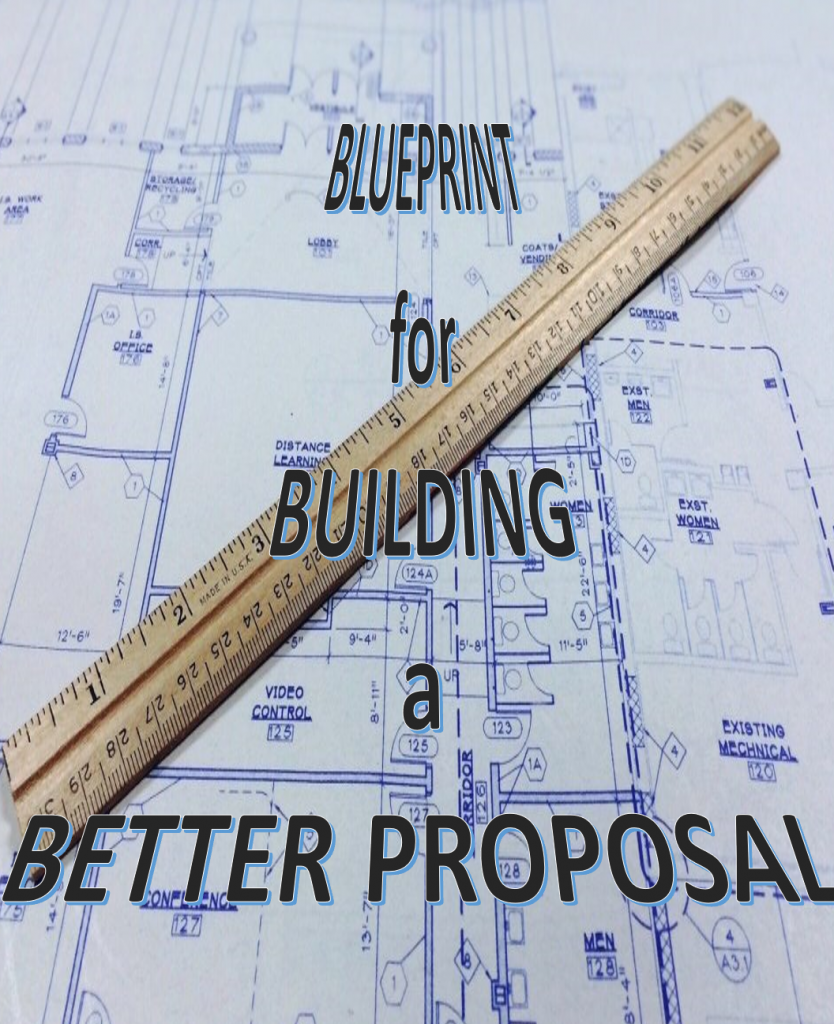











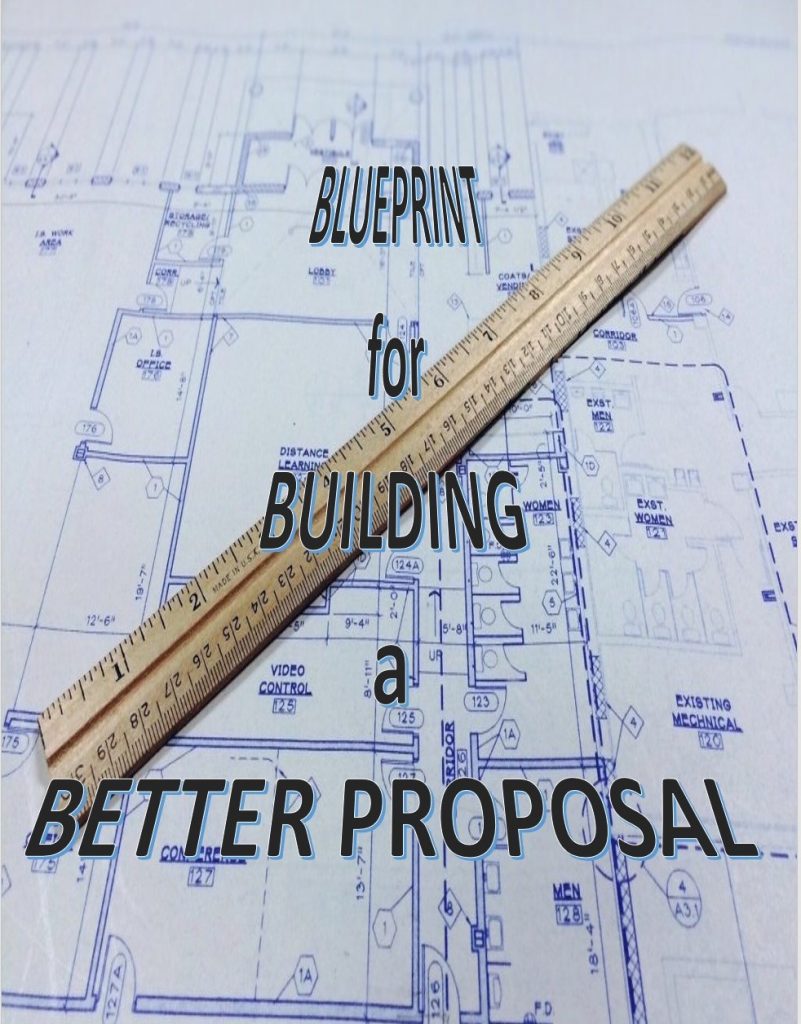










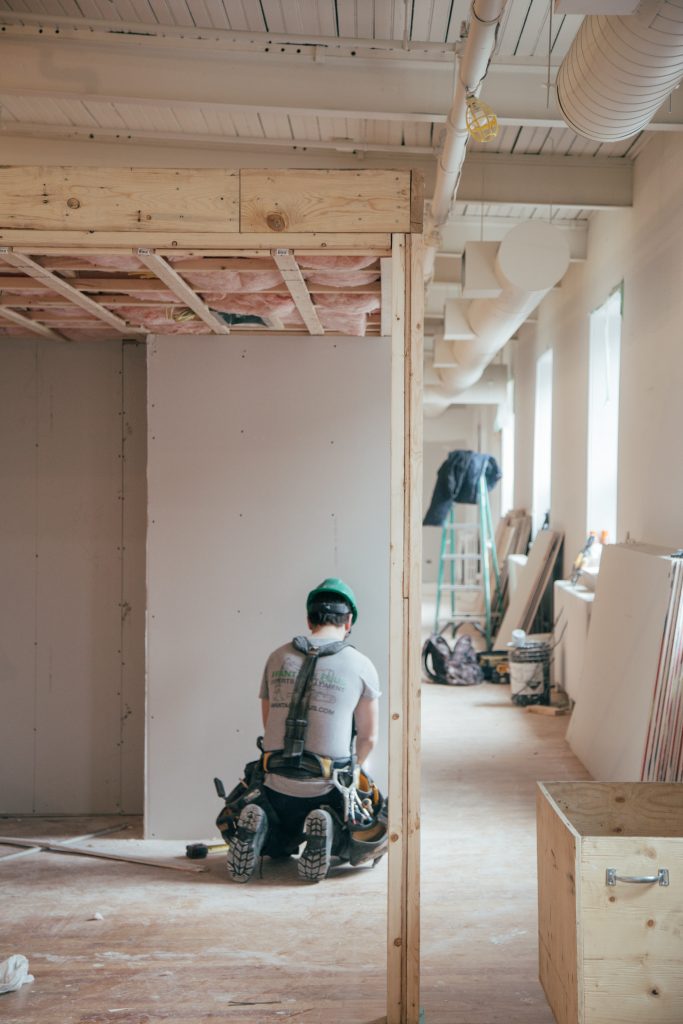





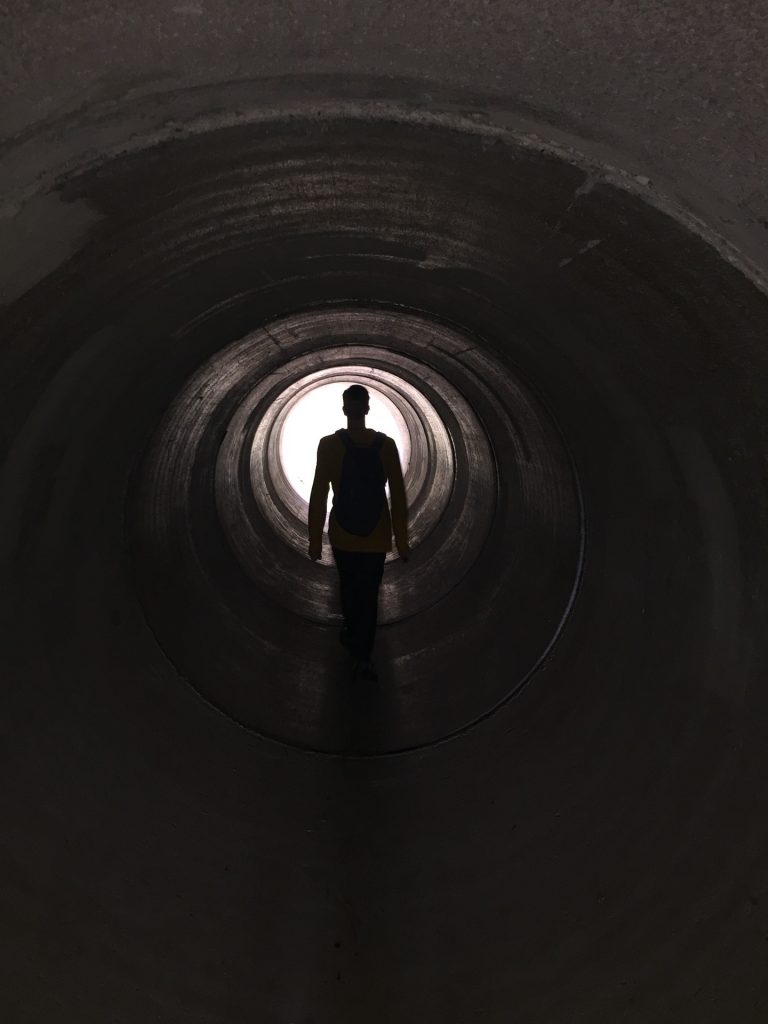






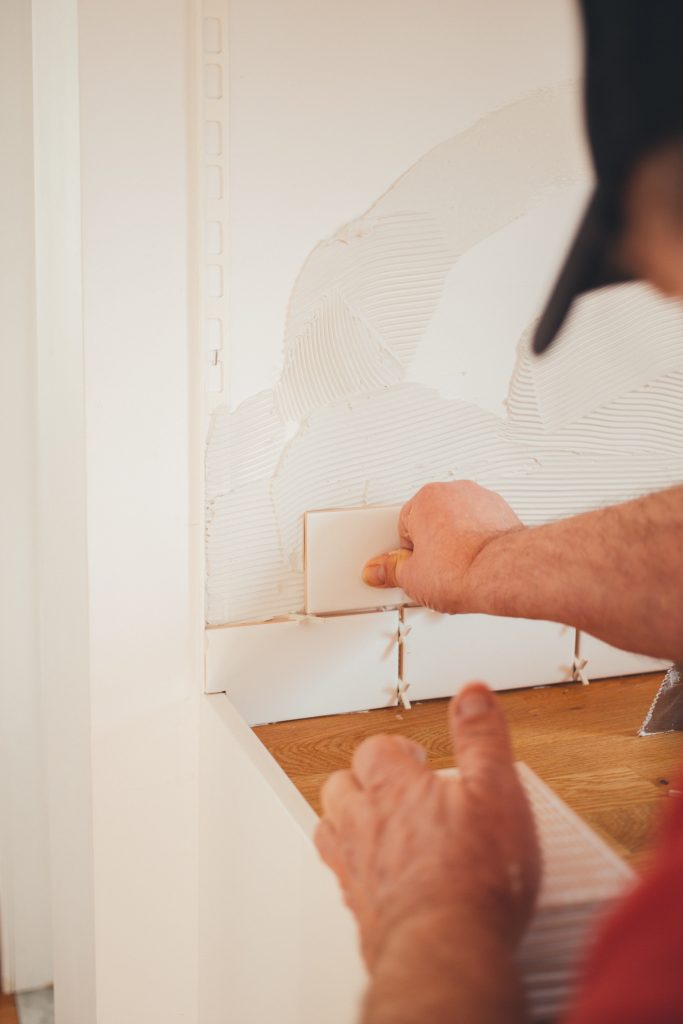
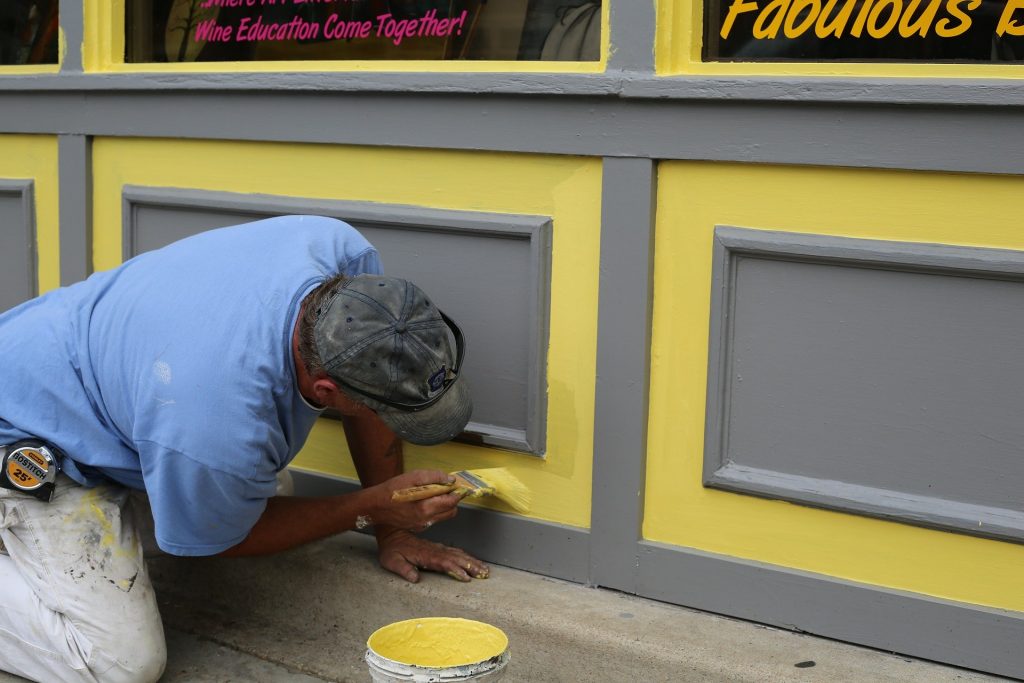









 I’ve answered 11 of the 21
I’ve answered 11 of the 21  I do more residential than commercial but do both. Commercial tends to be less relational than residential. I’ve always felt like the relationship between the customer and contractor is more than only a business transaction. In order to serve the customer well I need to get to know them. This only happens if a relationship is built. Commercial projects normally are more transactional.
I do more residential than commercial but do both. Commercial tends to be less relational than residential. I’ve always felt like the relationship between the customer and contractor is more than only a business transaction. In order to serve the customer well I need to get to know them. This only happens if a relationship is built. Commercial projects normally are more transactional.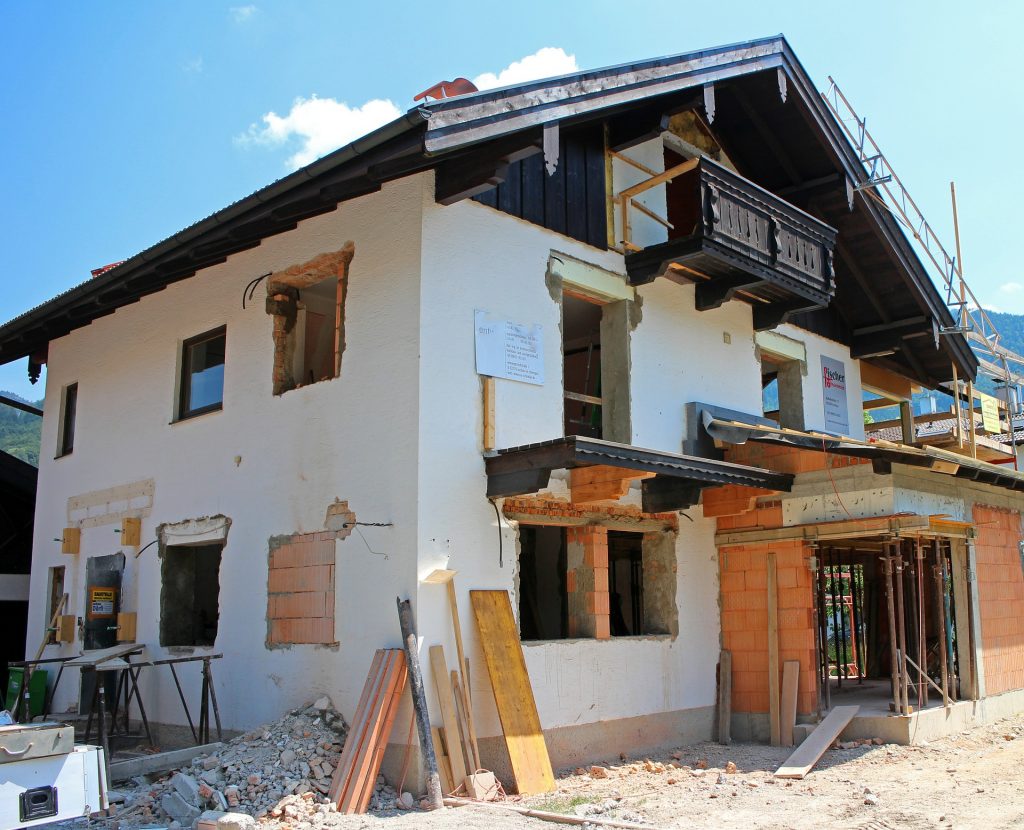 I do mostly renovations and remodeling projects. New construction is less challenging than remodeling. New construction has less restraints than renovations do. It takes more out of the box thinking to take an already existing structure and change it into something different. I love the challenge of finding a solution to these projects.
I do mostly renovations and remodeling projects. New construction is less challenging than remodeling. New construction has less restraints than renovations do. It takes more out of the box thinking to take an already existing structure and change it into something different. I love the challenge of finding a solution to these projects. No. In this part of the country this hasn’t even been a part of the discussion up until recently. It still isn’t a big issue for local construction projects. If buildings are built up to the current building codes for our area, past tremors won’t be any reason to change this. Our focus should be on high winds and tornados.
No. In this part of the country this hasn’t even been a part of the discussion up until recently. It still isn’t a big issue for local construction projects. If buildings are built up to the current building codes for our area, past tremors won’t be any reason to change this. Our focus should be on high winds and tornados. This depends on where the building project is located, some places don’t require any. Normally there is at least one “building permit” for each project. There are also different permits for different areas of the project, i.e. plumbing, electrical, HVAC, etc. that are sometimes required. All permitting is determined by the local jurisdiction, so it is important to find out what the regulations are for the location where you plan to build before you start.
This depends on where the building project is located, some places don’t require any. Normally there is at least one “building permit” for each project. There are also different permits for different areas of the project, i.e. plumbing, electrical, HVAC, etc. that are sometimes required. All permitting is determined by the local jurisdiction, so it is important to find out what the regulations are for the location where you plan to build before you start. Your definition of a “tiny house” will depend on how I answer this question. I have built three very tiny houses. None of these were built for living in, not that someone couldn’t have. The three tiny houses were built for playhouses but were more than a normal playhouse. All of them were built with the same construction as a full-size house…just smaller…a lot smaller.
Your definition of a “tiny house” will depend on how I answer this question. I have built three very tiny houses. None of these were built for living in, not that someone couldn’t have. The three tiny houses were built for playhouses but were more than a normal playhouse. All of them were built with the same construction as a full-size house…just smaller…a lot smaller.